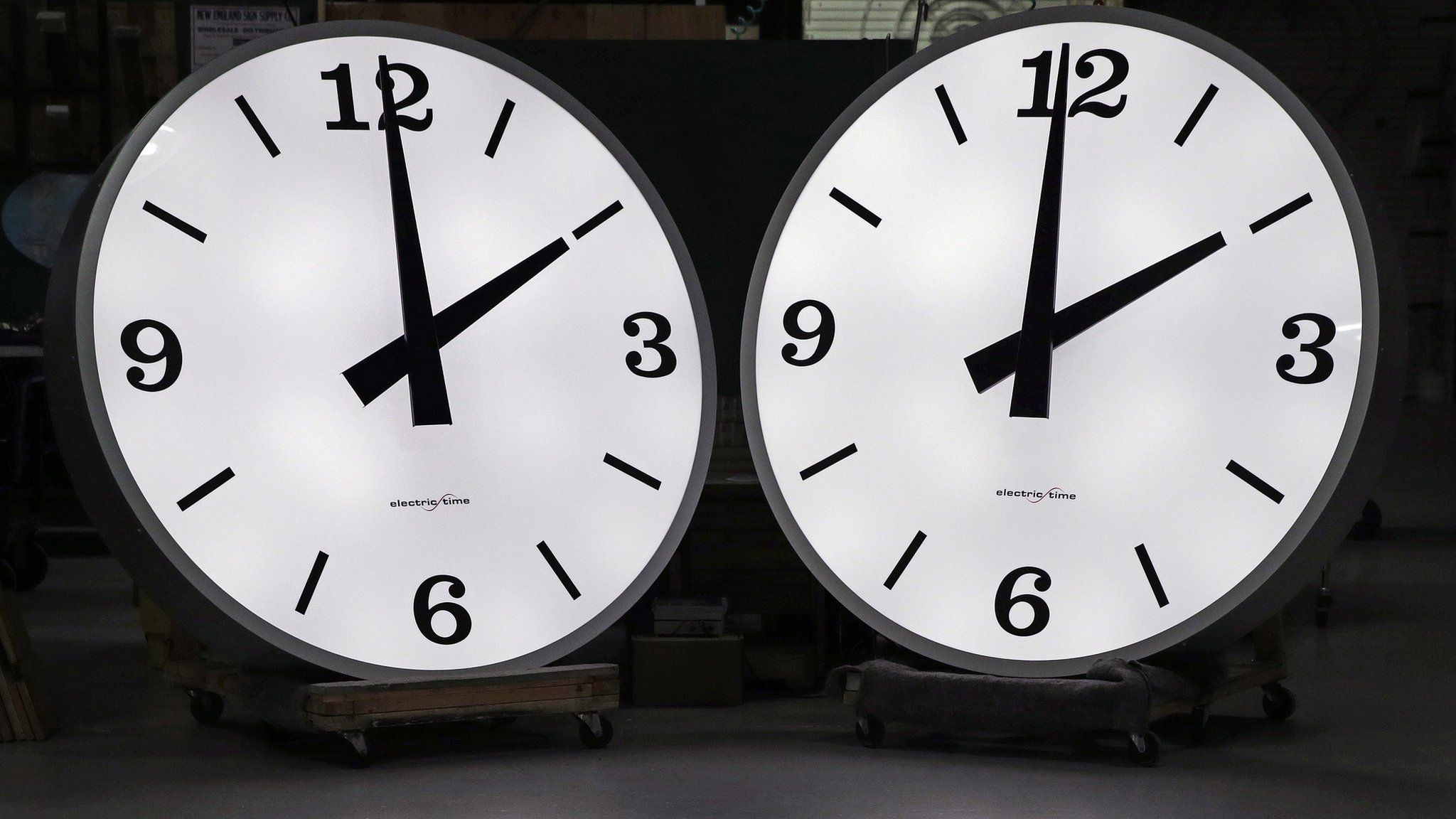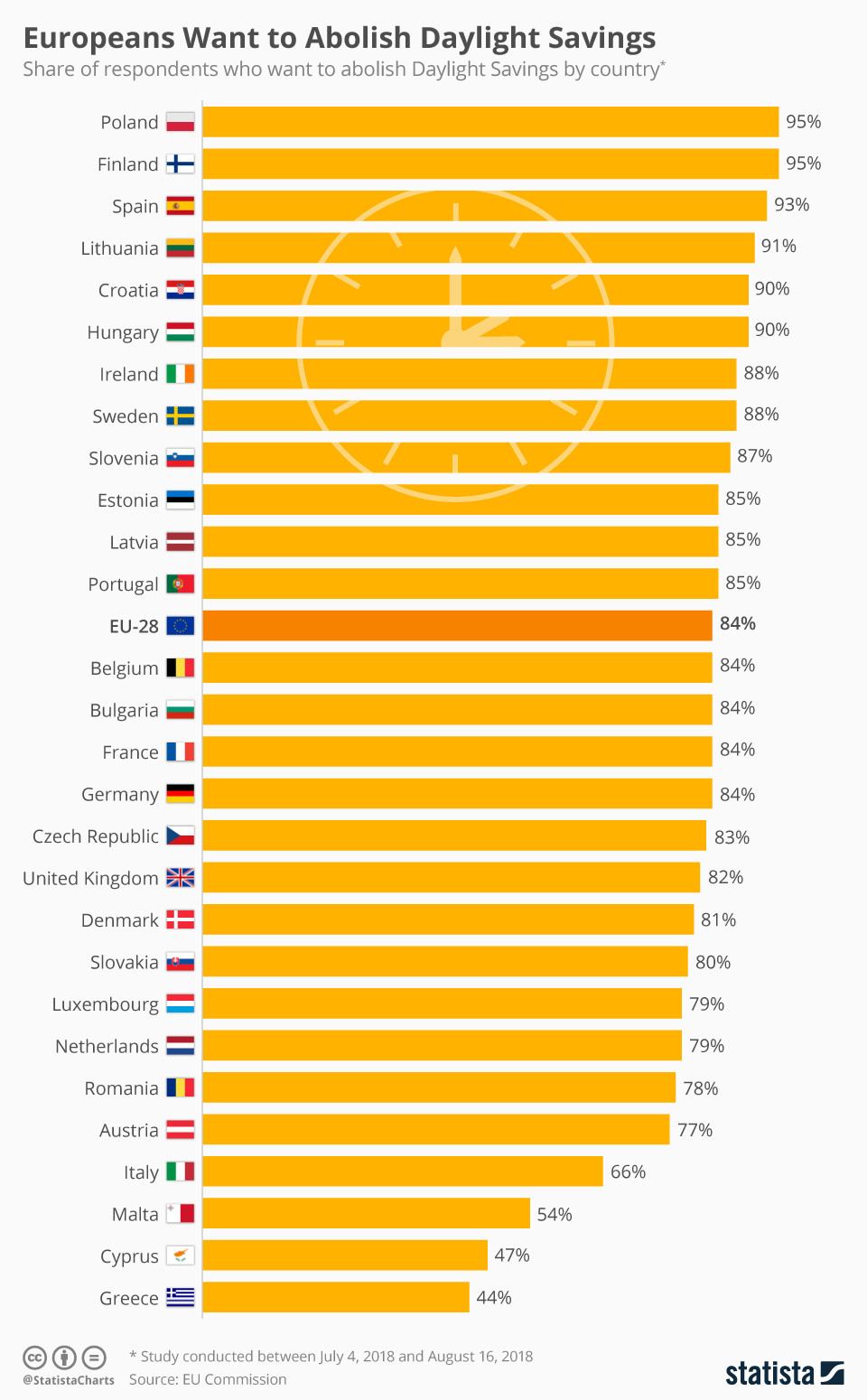


Marco Rubio and Rick Scott of Florida then proposing federal legislation that would have kept clock settings in place through Nov. In 2020, a bill passed in the South Carolina State House to help pave the way for the end of daylight saving time, but it was contingent on federal authorization for states to observe daylight saving time year-round by amending a federal statute. The only two states that don't follow DST are Arizona and Hawaii. in 1966 when Congress passed the Uniform Time Act.

in 1918, followed suit for the duration of the war.ĭaylight saving time was used again during World War II as a way to save energy for war production and later became a national standard in the U.S. Germany moved the clock forward to have more daylight while people were at work. Not falling back: Why South Carolina might not 'fall back' this year from Daylight Saving Time When did daylight saving time start?ĭaylight saving time began during World War I in Germany when the country was looking for ways to save energy. Here's what you need to know about the more than a century-old practice: At that point, the time will “fall back” to 1 a.m., and people can enjoy an extra hour of sleep. South Carolina, along with 18 other states, has made bids to try to do away with the practice of moving clocks forward in the spring and back in the fall, but only two states in the United States have actually succeeded in abolishing the practice in recent years.ĭaylight saving time will end 2 a.m., Sunday, Nov. Twice a year most Americans change their clocks for daylight saving time. Watch Video: Daylight saving time: when and why we still 'fall back' for DST


 0 kommentar(er)
0 kommentar(er)
